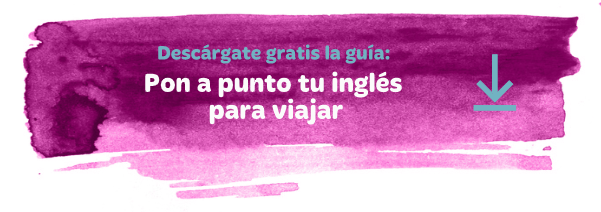What's Up! blog
el mejor contenido del mejor curso de inglés
Quantifiers para toda ocasión aprende a usarlos sin fallos
Los quantifiers en inglés nos sirven para hablar de cantidades, por eso son unas palabras muy importantes en nuestra vida diaria. En este post vamos a revisar quantifiers de todo tipo, haciendo hincapié en las dificultades.
Some y Any
Estos quantifiers se suelen considerar como fáciles, pero las reglas para usar uno u otro pueden ser complicadas.
En principio, usamos some en oraciones afirmativas, pero también cuando hacemos preguntas cuya respuesta esperamos que sea negativa, fijáos:
-
Isn’t there anything I can do to help you?
-
Isn’t there something I can do to help you?
En el primer caso, tenemos la pregunta “estándar”, por así decirlo. El hablante tiene una actitud neutra. En el segundo caso, sin embargo, el hablante es consciente de que hay algo que puede hacer y quiere que el oyente sea consciente de ello, mostrando su frustración o desacuerdo.
-
Some también puede usarse para decir “no todos”, por ejemplo
-
Some of us did not agree with the decision to fire Peter
-
-
También puede usarse para hablar de una cantidad grande, sin especificar, a modo de tabú
-
It might take him some time to recover from the accident
-
Any, por su parte puede usarse para dar una idea general de “todo” o cualquiera, por ejemplo
-
Any of you could have picked me up
Lots, Many Of, Much Of, Plenty
Estas cuatro expresiones se usan para hablar de grandes cantidades. Lots of y a lot of son más informales que much/many of. Sin embargo much/many, cuando se usan solos, también pueden ser informales.
-
There were lots of students partying in the streets today
-
A lot of her books were inherited from her grandmother, she was an avid reader
-
Much of what we used to study has disappeared from modern textbooks
-
Many considered those texts outdated and sexist
Plenty tiene un matiz que indica que hay suficiente, incluso de sobra de algo que se necesita, por ejemplo
-
Don’t worry about the dogs, they have plenty of food and water for the weekend
All (of), whole, both
All (of) y whole se usan para hablar de la totalidad de algo o de un grupo de cosas
-
There was a blackout and all (of) the frozen food has spoiled
-
The whole town is dark because of the blackout
Estos dos quantifiers tienen como antónimos not all y none, respectivamente, pero estos antónimos tienen distinto significado, el primero sería “no todos” el segundo “ninguno”, por ejemplo
-
None of my colleagues helped me on my first day
-
Not all my colleagues helped me on my first day
Both, se usa para hablar de dos cosas que comparte algo, por ejemplo
-
Both my brother and I have studied marketing
-
Both of us are working far from home now
En oraciones negativas, sin embargo no usamos both, sino neither, que significa “ninguno”
-
Both of us weren’t hungry, so we just had a drink
-
Neither of us were hungry, so we just had a drink
Como véis, los quantifiers pueden ser más complicados de lo que parecen. Para seguir aprendiendo temas de gramática, os recomendamos visitar otros posts, como éste. ¡Ánimo!
Post relacionados:
- ¡No metas la pata!: ejercicios para evitar errores comunes en inglés
- It’s personal: pronombres personales, los errores imperdonables
- How much/How many, aprende por fin a diferenciarlos



